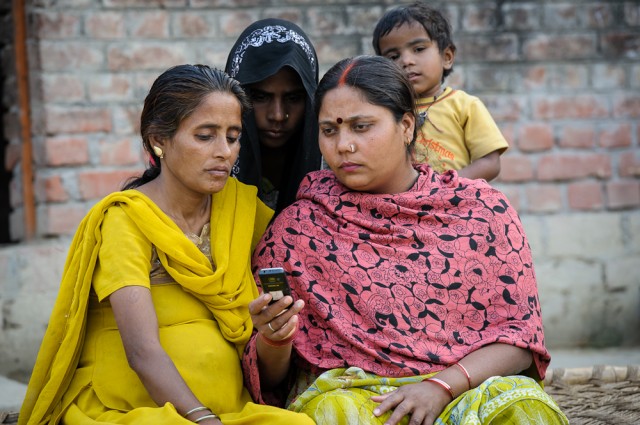8 Groups Tackling the Pandemic in South Asia

Many areas throughout South Asia are at an increased risk of COVID-19 transmission due to high population densities. Health infrastructure, personal protective equipment and even access to knowledge about the virus in their area are all scarce resources in South Asia. According to Executive Director of Innovations in Healthcare, Krishna Udayakumar, it is imperative that companies develop systems for data and population surveillance, testing, communications, therapeutics and vaccine development and the supply chain to eliminate COVID-19. These eight groups tackling the pandemic in South Asia are innovating products and systems that further develop and strengthen the sectors of COVID-19 relief.
8 Groups Tackling the Pandemic
- Maya, the digital health assistant, serves populations primarily in Bangladesh and Pakistan. The knowledge-sharing and messaging platform saw a surge in COVID related questions, specifically a 2,700 percent increase in those related to support and information. Since about 60 percent of the questions received are asking for basic information, such as the definition of coronavirus, Maya developed a symptom tracker and FAQ for its userbase of around 40,000 individuals, to help them quickly and accurately find information.
- NooraHealth is an organization committed to teaching patients and their families about pregnancy and elderly care to help save lives. Recently, NooraHealth has begun providing evidence-based content in India and Bangladesh to keep families informed about COVID-19. The organization has conducted over 1,300 surveys to give informed and tailored information to families. It also hopes to reach over 200 million individuals in South Asia.
- SNEHA, the Society for Nutrition Education and Health Action, works to improve preventive care and promote healthcare for vulnerable urban women, adolescents and children. In light of COVID-19, the organization started to provide direct resources to those in need. To date, SNEHA has distributed about 5,300 food ration packs and delivered personal protective materials to seven municipal organizations in South Asia.
- The Swasth Foundation is a group based in India that works to improve the healthcare community by providing more effective communication and essential services. Swasth has educated more than 80,000 individuals about the coronavirus pandemic through online and phone engagement services. Additionally, the organization has provided more than 25,000 families with direct services such as food, medical care and health information so far.
- Sevamob is a telehealth middleman in India working to improve communications between the patient and healthcare workers. In digitizing patient consultations, there is greater prevention of the spread of COVID-19 as well as decreased costs by about 50 percent for the patients. The organization has also developed the Sevamob Protector, a portable protection kiosk that allows a fully protected healthcare worker to examine patients and administer tests. The Sevamob Protector reduces PPE usage by up to 90 percent, saving on costs for healthcare providers.
- Wellthy Therapeutics is a pioneer in the digital therapeutics field, working to better conditions for those with chronic diseases through behavioral intervention. In response to COVID-19, Wellthy Therapeutics has worked to communicate to those individuals with chronic conditions that they are at increased risk for COVID-19. The organization has additionally launched a blog for those with chronic health conditions, writing posts about how to take increased precautions and preventive measures.
- BRAC is one of the world’s largest non-governmental organizations centered in Bangladesh. It is aiding people during the COVID-19 pandemic through social development and advancements in infrastructure. The organization has around 50,000 healthcare workers on the ground, and they all use personal protective equipment to keep themselves and their clients safe. BRAC launched many testing sites of its own, but due to large queues, it has implemented an online booking system to reduce contact.
- Dimagi, though an international organization, has a major office in New Delhi. Dimagi’s signature product, CommCare, is a platform for open-source mobile data collection and service delivery. Though the organization excels in the technology realm, it has also worked directly with governments to develop their health systems and internal response. According to the organization’s website, CommCare allows people to, “quickly build and deploy custom mobile applications for every phase of an effective COVID-19 response – from screening and contact tracing to patient monitoring and post-care support.”
All around the world, organizations and governments are attempting to prevent the spread of COVID-19. Non-governmental organizations are at the forefront of providing care and developing new technology in all countries, but these eight groups are tackling the pandemic in South Asia. As coronavirus cases continue to rise in South Asia, these organizations will need to give further assistance to better serve the high-density population. With increased donations and volunteers, the organizations will hopefully be able to decrease the effects of the pandemic and provide stability to the South Asia region.
– Pratik Koppikar
Photo: Flickr
